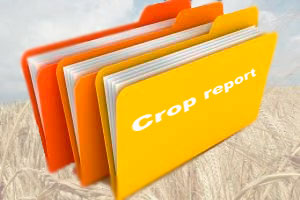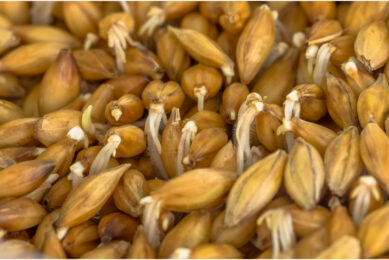Crop Report: Australia optimistic about winter crops

Australia expects its winter crops to increase by 10% to an estimated 40 million tonnes, according to the Australian Bureau of Agricultural and Resource Economics and Sciences (Abares)
The crop report released by Abares indicates that rainfall in May and June in eastern Australia had generally improved conditions for planting, after those cropping regions had generally experienced very dry conditions during early to mid autumn.
Executive Director of Abares, Paul Morris, said that in addition to the favourable opening, the winter rainfall outlook issued by the Bureau of Meteorology suggests an above average chance of exceeding median rainfall in most cropping regions in eastern Australian and an average chance in Western Australia.
“With deeper soil moisture presently at low levels, yields would likely suffer if crops did not receive favourable rainfall while growing and developing,” Mr Morris said.
The area sown to wheat and barley is forecast to rise by 3% and 2% to around 13.7 million hectares and 3.8 million hectares, respectively, with total wheat and barley production are forecast to rise by 15% and 10% to 25.4 million tonnes and 7.4 million tonnes, respectively. In contrast, canola production is forecast to fall by 17% in 2013–14 to 3.2 million tonnes.
Harvesting of the 2012–13 summer crop is largely complete and total production is estimated to have fallen by 9% to around 5 million tonnes.
Production of grain sorghum and cottonseed are estimated to have declined by 23% and 17% to around 1.7 million tonnes and 1.4 million tonnes, respectively. Australian production of cotton lint is estimated to have fallen by 17% to 992,000 tonnes.
In contrast, rice production is estimated to have increased by 26% to around 1.2 million tonnes, the highest since 2001–02.











